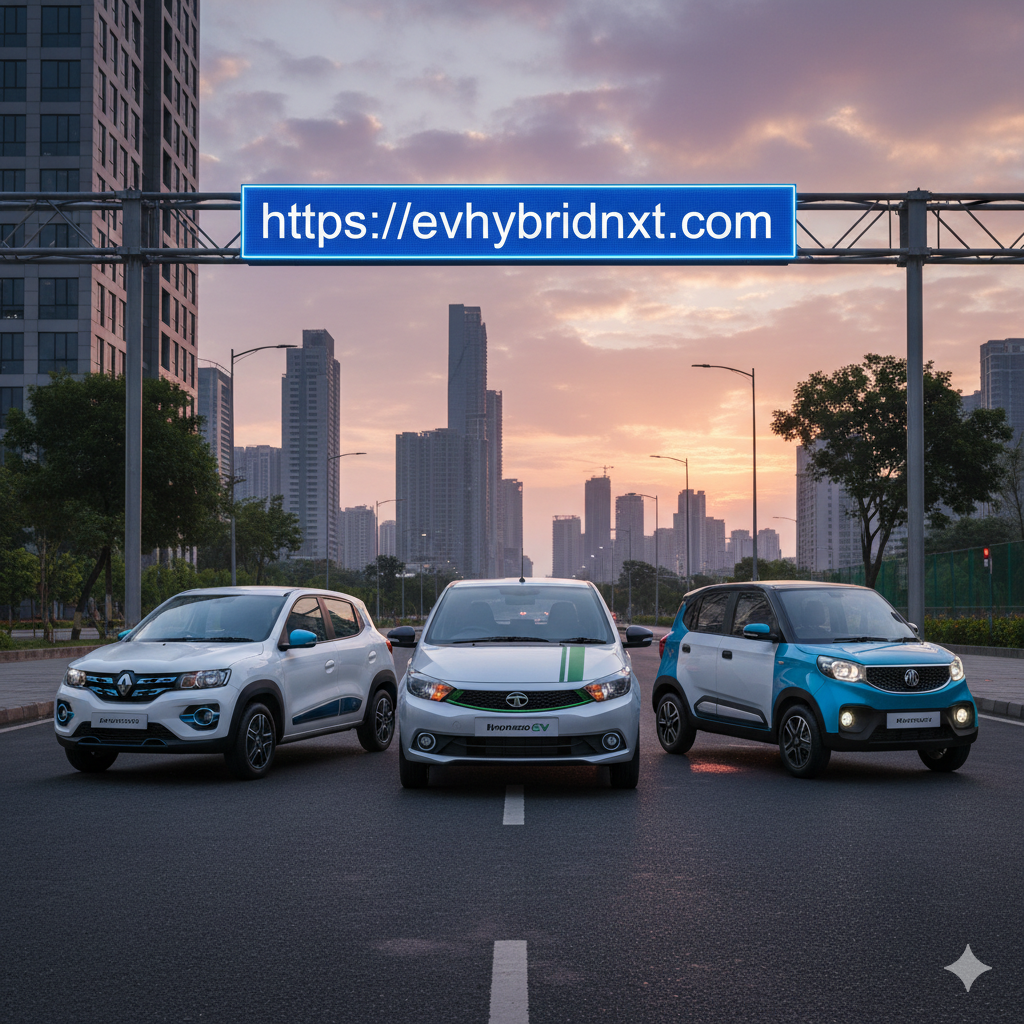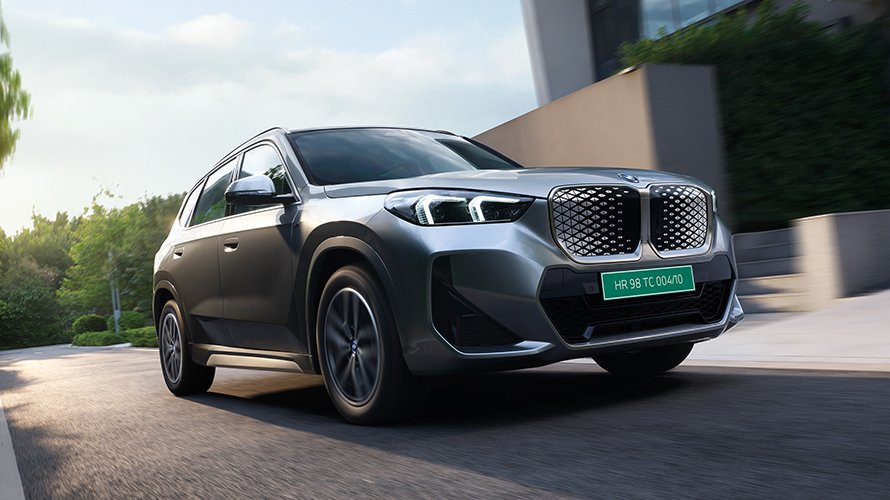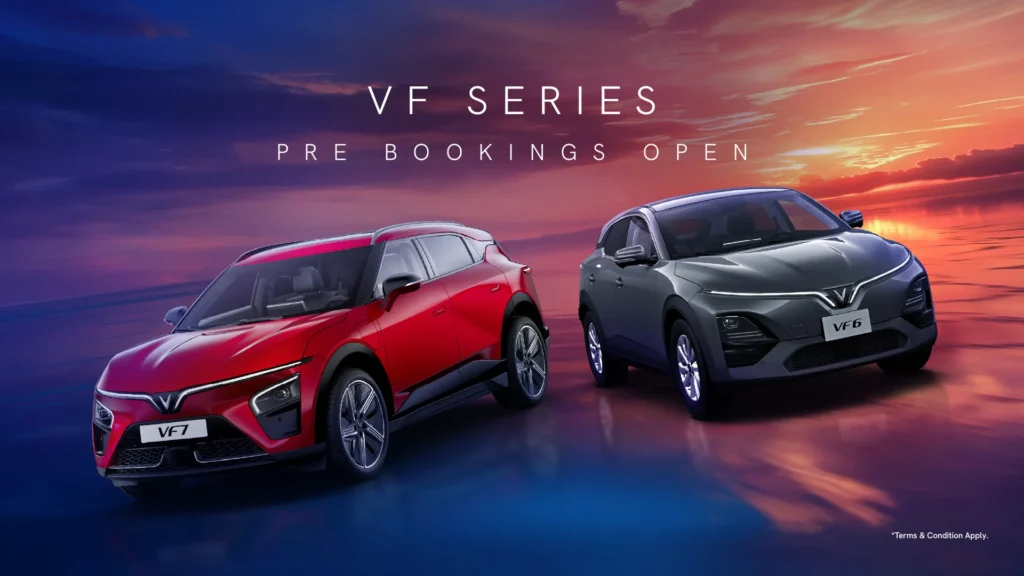In the bustling arena of entry-level electric vehicles, where affordability meets everyday practicality, Renault is gearing up to shake things up with the much-anticipated Kwid EV. Drawing inspiration from its European sibling, the Dacia Spring EV, this compact hatchback promises to deliver punchy performance, smart battery tech, and charging speeds that could leave competitors in the dust. As testing ramps up on Indian roads, the Kwid EV emerges not just as a green alternative to its petrol-powered namesake, but as a compelling upgrade poised to democratize EV ownership for urban commuters.
At the heart of the Kwid EV’s appeal are its dual motor options, mirroring the setup on the updated Dacia Spring. Buyers can choose between a peppy 70 bhp unit for nimble city jaunts or a more robust 100 bhp variant that handles highway merges with ease. These electric powertrains aren’t just about raw numbers—they translate to a smoother, more comfortable ride across diverse conditions, from congested city streets to open-road cruising. Gone are the vibrations and noise of internal combustion engines; in their place, instant torque and whisper-quiet operation make the Kwid EV a stress-free daily driver.
Elevating the package further is the 24.3 kWh Lithium Iron Phosphate (LFP) battery pack, a technology leap that’s already making waves in global EVs. Unlike the Nickel Manganese Cobalt (NMC) Lithium-ion batteries found in rivals like the Tata Tiago.ev and MG Comet EV, LFP chemistry shines with superior thermal stability—crucial for India’s sweltering summers—alongside a longer lifespan and minimal degradation over time. It’s also more cost-effective to produce, which should help keep the Kwid EV’s sticker price competitive, rumored to hover between ₹7-12 lakh. As per Renault’s projections (via Dacia), this battery delivers a real-world range of 225 km on a single charge, ideal for intra-city hops and weekend getaways without range anxiety.
Charging woes? Not on this watch. The Kwid EV supports rapid DC top-ups, zipping from 20% to 80% in a brisk 29 minutes via a 40 kW charger—perfect for quick pit stops at malls or offices. For overnight convenience, a 7 kW AC wallbox gets the job done in 3.2 hours for the same charge window. These figures handily outpace the segment: the Tiago.ev, with its 24 kWh pack, needs 57 minutes for a comparable DC session, while the pint-sized MG Comet EV sticks to slower AC-only charging with its 17.3 kWh battery. In a market where charging infrastructure is still evolving, such efficiency could be a deal-maker for first-time EV buyers
.Design-wise, the Kwid EV retains the cheeky, crossover-esque silhouette of the standard Kwid but amps up the futurism. Spy shots reveal a closed-off grille, split LED headlights with DRLs, rugged cladding, and flap-style handles that nod to its utilitarian roots. Inside, it’s a step up in sophistication: a 10-inch floating touchscreen supports wireless Android Auto and Apple CarPlay, paired with a 7-inch digital driver display and auto climate control for a premium feel without the premium price.
Positioned against the Tiago.ev (₹8-11.14 lakh) and Comet EV (₹7.49-9.96 lakh), the Kwid EV flexes its muscles across the board. Its higher-output motor edges out the Tiago’s 61 bhp max, the larger and denser LFP battery trumps the Comet’s capacity, and that 225 km range bests both in practicality. Renault’s aggressive testing timeline hints at a 2026 launch, potentially aligning with the festive season to capitalize on EV incentives like FAME subsidies.
As India accelerates toward its 30% EV penetration goal by 2030, the Kwid EV stands ready to lead the charge in the sub-₹10 lakh segment. It’s not just an electric Kwid—it’s a smarter, greener evolution that could redefine budget mobility. With Renault’s track record of value-packed offerings, expect showrooms to buzz soon. The era of affordable, no-compromise EVs? It’s electrifyingly close.



